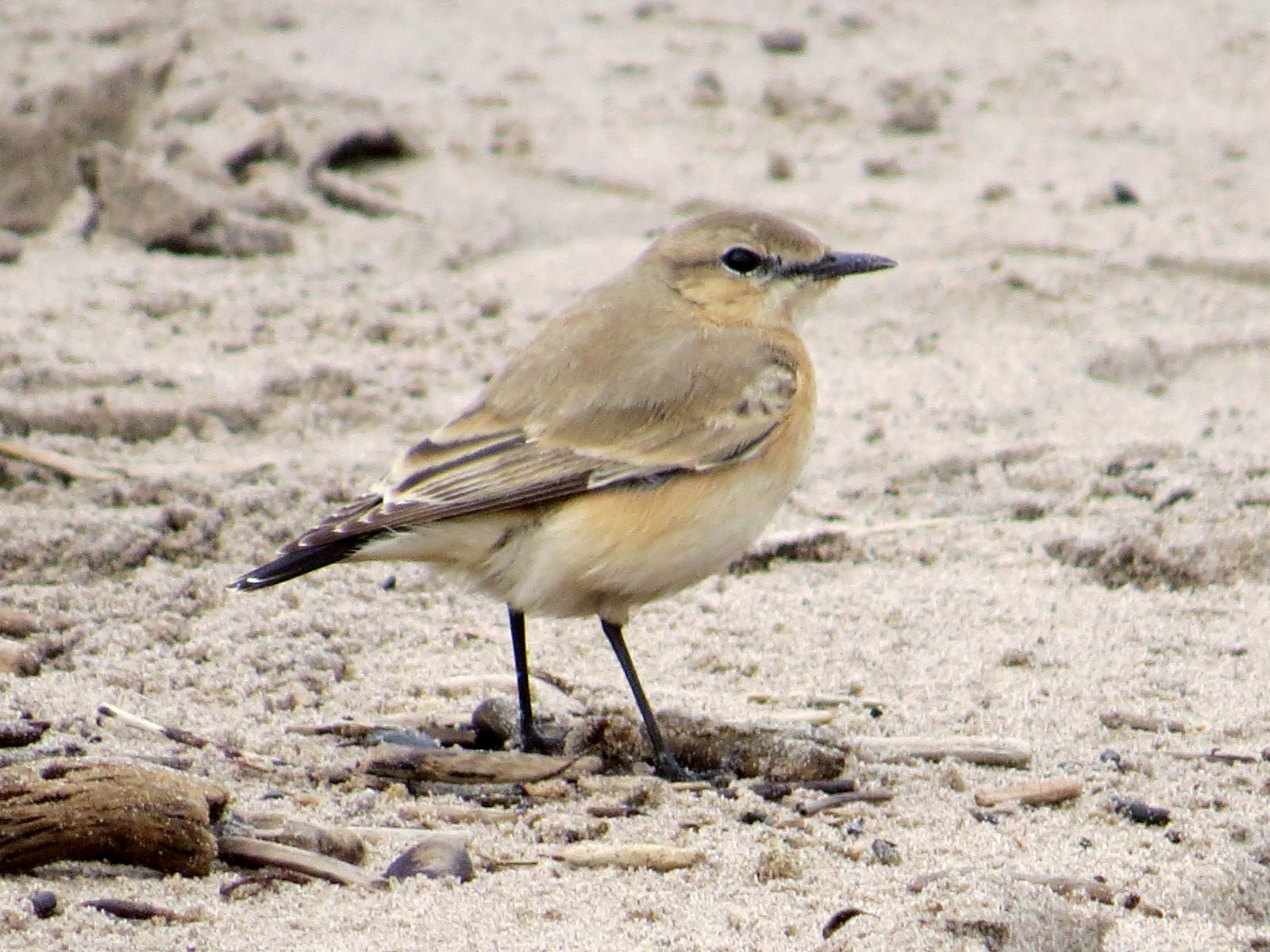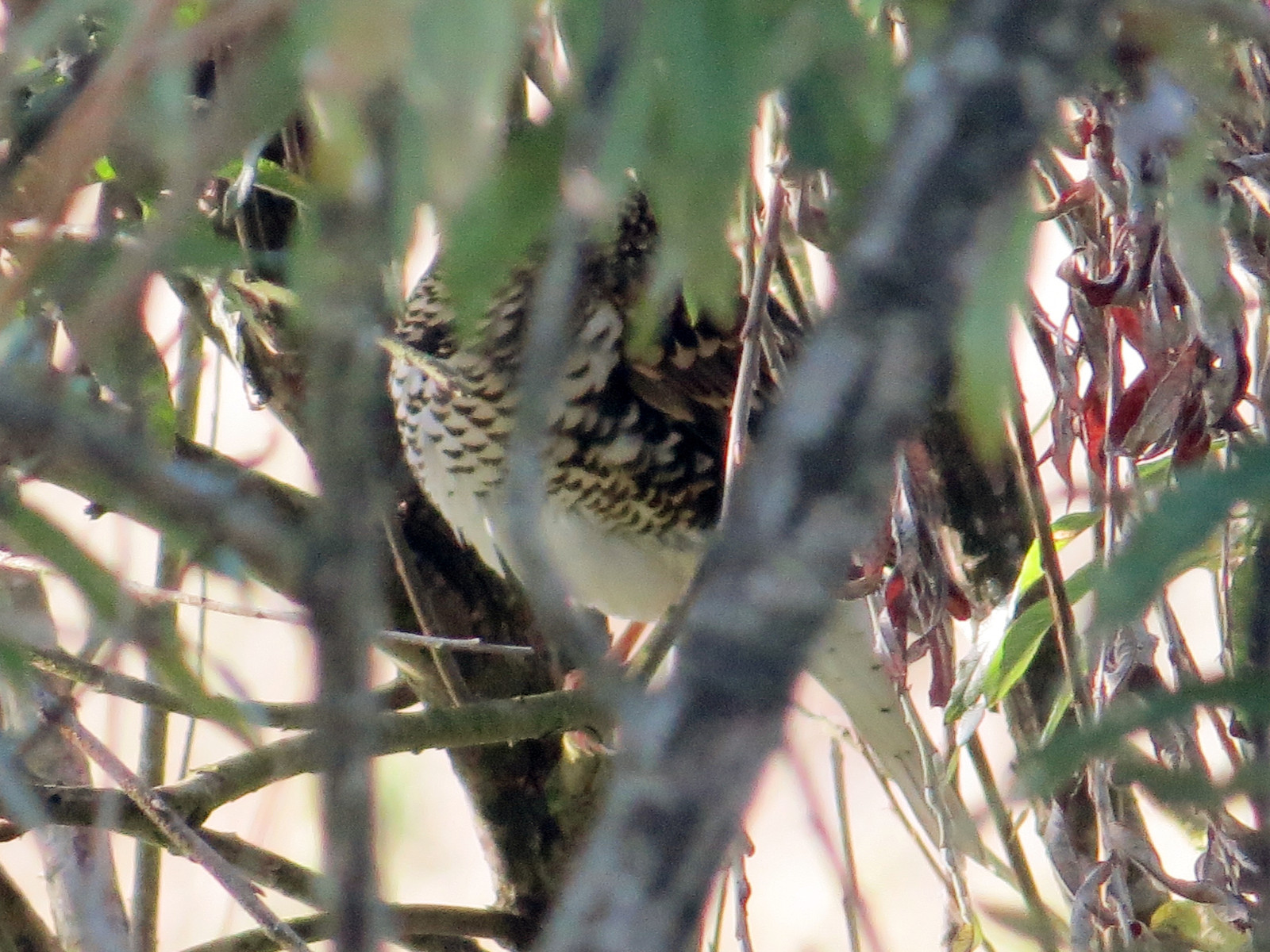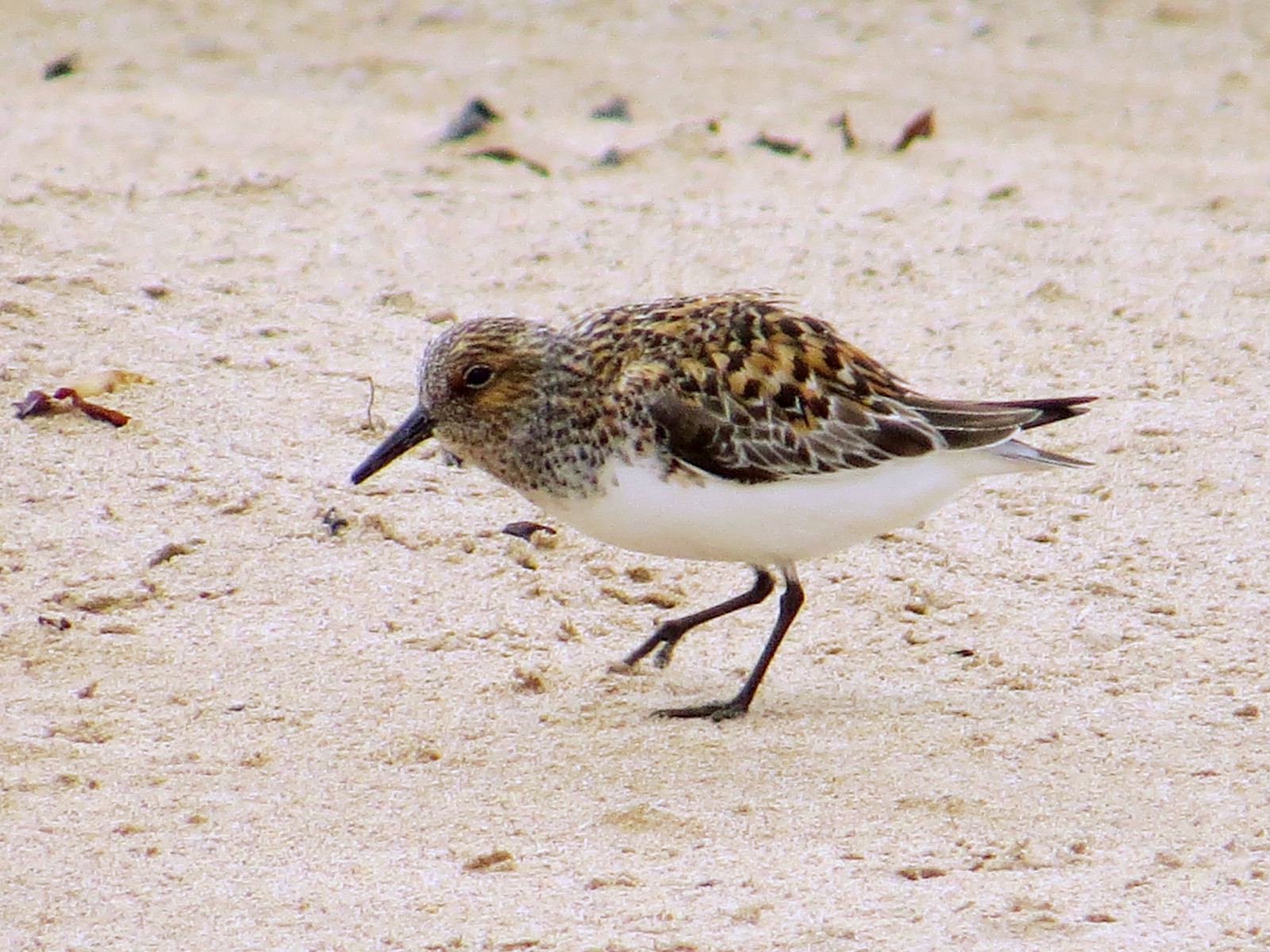Descrição
Holy Island is a tidal island off Northumberland’s coast that becomes inaccessible when the tide covers its causeway. When it is safe to cross the causeway, it is a great destination for birders. Holy Island is part of the Lindisfarne National Nature Reserve, and considered to be one of the best birdwatching sites in Northumberland, with a large range of resident and visiting birds throughout the year. It is a regional hotspot for migrants in spring and autumn. Check tide tables before visiting (see the link below).
The island and the adjacent mudflats are the wintering range for almost the entire Svalbard population of Pale-bellied Ganso-de-faces-negras, and are also important for Ganso-de-bico-curto and Cisne-bravo, along with large numbers of ducks (notably Pato-branco, Piadeira, Marrequinha-comum, Arrabio) and waders (Tarambola-cinzenta, Seixoeira, Pilrito-comum, Fuselo, Perna-vermelha-comum, and many others). In late May, the north shore is a major staging post for large flocks of Borrelho-grande-de-coleira and Pilrito-sanderlingo heading for the high arctic, while Pilrito-de-bico-comprido and Pilrito-pequeno can often be found in late summer and autum. The large autumn flocks of Tarambola-dourada in the fields are also worth checking carefully for regular vagrant Tarambola-dourada-pequena; Batuirucu has also been recorded several times.
In October and November, look for large arrivals of thrushes, mostly Tordo-ruivo-comum and Tordo-zornal, but also Tordo-comum and melro, and a few Melro-de-peito-branco; the fields around the Straight Lonnen often have the largest numbers. At the same time, the hedges on the Straight Lonnen and the scattered bushes in the dunes often have many warblers and chats, with Toutinegra-de-barrette-preto, Felosa-comum and Rabirruivo-de-testa-branca the most conspicuous, but also regularly other species like Felosa-bilistada, Estrelinha de Pallas, Toutinegra-gavião, Papa-moscas-pequeno, Papa-moscas-preto, and Pisco-de-peito-azul.
Recent rarities have included Ganso-campestre, Tundra Bean Goose, Mergulhão-de-pescoço-castanho, Gaivota de Sabine, Mobêlha-de-bico-branco, Falcão-de-pés-vermelhos, Picanço-castanho, Picanço-pequeno,Felosa-boreal, Felosa-troquilóide, Felosa-sombria, Felosa de Pallas, Toutinegra do Sara, Estorinho-rosado, White's Thrush, Pisco-de-flanco-ruivo, Chasco-isabel, Escrevedeira-pigmeia.
Detalhes
Acesso
Signposted east off the A1 at Beal; head east for 8 km on minor raod, across tidal causeway. Parking on left just before entering village. Limited parking off road in western part of the island. Nearest train station is Berwick, 12 km north. Possible to cycle but research before trying. On the map below you see a selection of walks around the island.
Terreno e Habitat
Árvores e arbustos dispersos , Campina , Terras húmidas , Planice , Zonas húmidas , Mar , Lago , Praia , Dunas , Camas de junco , Lamaçais , AgriculturaCondições
Plano , Paisagem aberta , Possível na maré cheia , ArenosoCaminho circular
Simé útil um telescópio?
Pode ser útilBoa temporada de observação de aves
Durante todo o anoMelhor hora para visitar
Migração da primavera , Migração de outono , Inverno , Primavera , Outono , VerãoRota
Estrada pavimentada , Caminho largo , Estrada não pavimentada , Caminho estreitoCaminho dificil
Caminhada médiaAcessível por
Bicicleta , PéAbrigo/plataforma deobservação de aves
SimInformação extra
Holy Island is also known as Lindisfarne. Single bird hide overlooking The Lough (a small lake on the east side of the island). Viewpoint over small wetland (good for waders) on path from village to castle. Paths criss-cross the island and various circular walks can be made. Stay on marked paths as far as possible. Cattle graze the dunes. One site worth visiting is the Vicar's garden, in the SW corner of the village across the lane from the church (look over the wall from the adjacent pony field); vagrant warblers can be seen here after east winds in migration periods.



